Dear Readers, Often experienced obstetricians and gynecologists can say that the patient is pregnant. Without resorting to examination and special laboratory tests – it is enough for them to take a first look at a woman. This data cannot be entered into the documentation. But you can notice these changes yourself by looking at yourself in the mirror.
In the period of childbearing, all the activities of the body of the future mother are aimed at ensuring the normal growth of the fetus and maintaining the necessary conditions that ensure its development according to a genetically encoded plan. Pregnancy affects the functioning of all systems of the maternal organism endocrine, nervous, cardiovascular, respiratory, digestive, immune, urinary The condition of the skin, hair, and nails also change.
Future mom’s skin
Often during pregnancy increases the production of melanin (a special pigment, the amount of which depends on skin color). Melanin is mainly deposited on the face, nipples, areola, midline of the abdomen. This is due to changes in the function of the adrenal glands during this period they produce more hormones (mineralocorticoids and glucocorticoids), which regulate the formation of brown pigment.
The deposition of melanin increases further under the action of ultraviolet rays, so the appearance of small brown spots – chloasma- on the skin of the forehead, cheekbones and upper lip not only depends on the increased production of melanin but also is a consequence of the increased sensitivity of the skin to ultraviolet rays.
Therefore, if you protect the skin from the action of ultraviolet rays with protective creams or headgear, you can avoid the appearance of age spots. Mostly chloasma passes after pregnancy, as well as other types of pigmentation, such as the mid-line pigmentation of the abdomen and nipple-areola.
In the second trimester of pregnancy, hormones are produced that promote active growth of the fetus, these same hormones can contribute to an increase in previously existing pigment nevi (moles). If itching occurs in the area of the pigmented nevus, bleeding occurs, hair falls out, you should immediately contact a dermatologist.
To the touch, the skin is dense and elastic. These qualities depend on the presence of elastic and collagen fibers in it. The quantity and quality of these fibers are genetically inherited, this feature determines the possibility of the appearance of stretch marks.
Read about: Health Care Diet and Precautions During Pregnancy
Stretch Marks During Pregnancy
Stretch marks (pregnancy scars) are small red stripes in the chest, abdomen, buttocks, and thighs. On the chest, stretch marks may appear from the second month of pregnancy, when the mass of the mammary glands is intensely increasing, on the stomach and buttocks – by the end of the fourth month of pregnancy.
The stomach begins to increase and an intensive increase in body weight occurs. Pregnancy scars are formed as a result of the rupture of collagen and elastin fibers of the skin. A scar of connective tissue forms at the site of rupture. After delivery, the scars lose their pink color and take on the appearance of white stripes. In subsequent pregnancies, new ones with a characteristic pink color may appear on the background of old scars.
Female sex hormones regulate the secretory activity of the sebaceous and sweat glands and the formation of horny scales. Outside of pregnancy, sebum and sweat are produced in sufficient quantities. Released to the surface of the skin lard creates on it, along with a then acidic film called “acid mantle” of the skin.
The environment of this mantle is in healthy skin, i.e. indicator of acid-base state (pH) is 5.5-6.5 This suggests that the skin has an acidic environment. Traditionally it is believed that the mantle will create a protective barrier for microbes to penetrate the skin.
Changes in Hormonal Levels During Pregnancy
During pregnancy, female sex hormones are produced in such a way that the amount of progesterone, a hormone that preserves the pregnancy. It exceeds the amount of estrogen — sex hormones, which, among other things, regulate the production of a skin garden.
Due to a decrease in the amount of estrogen, the sebaceous and sweat glands work less intensively, while normal or dry skin becomes drier and itchy. The skin is easily inflamed, there is so-called dermatitis in pregnant women . Women who had oily skin before pregnancy, on the contrary, normalized the work of the sebaceous and sweat glands.
Due to changes in hormonal levels during pregnancy, redistribution of fat cells occurs, the hips become more rounded, and fatty tissue is deposited on the abdomen. These changes are another factor that protects pregnancy, in this case, adipose tissue serves as mechanical protection for the uterus.
During pregnancy, especially in its second half, due to changes in hormonal levels and the characteristics of blood circulation, there is a tendency to fluid retention. This can not affect the state of subcutaneous fat and skin. In this regard, it is appropriate to mention that the first stage of skin changes in cellulite is a delay of excess water in it, therefore this condition is likely to occur during pregnancy.
This is especially true in the second half of pregnancy when the weekly increase is 250-300 g. At a more significant rate of weight gain, we can talk first about hidden and then overt swelling ( preeclampsia ). Throughout pregnancy, a woman’s body weight increases on average by 9-12 kg, depending on the constitution.
Hair during pregnancy
The hair 3% consists of water and 97% of the protein substance keratin, enriched with sulfur, microelements (iron, copper, zinc, chromium, manganese), and vitamins. An adult has about 100,000 hairs, and their amount depends on the color. Red hair has the thickest, but less hair than brunettes. Blondes have the most hair — about 150,000. Black hair is the largest of all, it can be 3 times thicker than blond hair.
Grow hair too unequally. Fastest of all, their length increases on the head (in 3 days – about 1 mm), the slowest of all – on the eyebrows.
A single hair lives on average from several months to 6 years. Eyelashes live from 3 to 5 months., Fluff hair covering the body – 7-10 months. It is considered normal if a day on the head falls from 30 to 50 bands. As the hair grows, the onion cells horn, and the bulb turns into a hairy flask, similar to an inverted spruce cone.
The process of falling out lane lasts 60-90 days. If there is an ear at the end of a lost hair, then this indicates a normal form of hair loss and that the hair is healthy. If, when pulling out at the root, there is a dismemberment or recess, then the hair is pathologically altered. Such hair is brittle, grows poorly, and breaks out when it appears on the skin surface.
The flask-shaped hair falls out at the physiological change of hair, in its place grows new hair of the remaining papilla or the newly formed papilla and the bulb. With hair diseases, this process is absent, and the hair falls out completely.
Hair Loss
Grown healthy hair is usually strong and resilient. Hair can be stretched to 1/5 of its length, and after that, it returns to its state. The strength of the hair is comparable to aluminum and can withstand a load of 100 to 200 g.
The hair on the head is not just an ornament – they perform important functions, protecting the head from overheating and from overcooling.
Due to the action of progesterone during pregnancy, hair growth accelerates, the process of their natural hair loss gets delay. During this period, the hair usually maintains a healthy appearance, shine, and density. In some cases during pregnancy, there is a growth of hair on the skin of the face, abdomen, and thighs. Which causes by increasing the production of androgens by the adrenal glands and partially by the placenta.
Hypertrichosis (body hair) is temporary and gradually disappears after childbirth. Fatty pre-pregnancy hair may become drier. Immediately after childbirth, hormonal background changes dramatically there is less estrogen and progesterone, while estrogen, which provides contractile processes in the uterus, predominates. The actively secreted hormone prolactin, which provides lactation.
All these changes lead to that hair, gorgeous during pregnancy, immediately after birth begins to fall out, the young mother begins to think that the luxuriant hair can disappear altogether. Fortunately, it is not.
During the first three to six months after childbirth, all hair that should have fallen out during pregnancy falls out. New ones sometimes grow slowly, so the hair seems much more sparse than usual. By the end of the first year of the baby’s life, your hair should have the same thickness as it did before pregnancy.
Quick Hair Growth Tips With Natural Home Remedies
Nails During Pregnancy
The nails are just a layer of dead keratin (which is also part of our hair). Their purpose is to protect delicate fingertips. The nail bed supplies with blood enriched with oxygen, due to a well-developing system of capillaries located under the nail bed. The nails do not need vitamins and mineral elements, as they consist of dead protein. Therefore their growth cannot be enhanced with the help of these substances.
On the other hand, protein deficiency will affect the condition of the nails. However, most people consume 3-4 times more protein than the body requires. Nails grow at a rate of 3-6 mm per month depending on the age and state of health of the person. Their growth occurs faster at a young age and in a warm climate. An interesting fact is that the nails on the right hand (or, if you are left-handed, then, respectively, on the left) grow faster. Nails on middle fingers grow faster than others.
This is due to the fact that functionally more active fingers better supplies with blood and, therefore, with nutrients. As in the case of hair, increased hormonal activity during pregnancy has a positive effect on the condition of the nails. They grow faster, become more solid, strong, and beautiful.
Fortunately (and perhaps, on the contrary, unfortunately), almost all the metamorphosis. That will occur with your appearance during pregnancy is temporary. About six months it will take your body to return to the “original position” after the birth of the baby. And then, looking in the mirror, you will again see yourself as you were before, with the exception of the new, “motherly” expression of the eyes, which will remain with you for the rest of your life.
Skin structure
Our code is very complex. It consists of three layers the epidermis, the skin itself, or the dermis, and subcutaneous fatty tissue. Each of them, in turn, also consists of several layers. Skin thickness ranges from 0.5 to 4 mm and depends mainly on the size of the dermal (middle) layer. It is relatively less pronounced on the face and more noticeably on the hips.
The epidermis has the form of a narrow strip, its thickness can be from 0.07 to 0.12 mm, consists of five layers. The epidermis contains epithelial cells having a diverse structure and location. In its lowest layer, the terminal, or basal, cells multiply constantly. Gradually moving to the surface of the epidermis, its cells change their howling structure.
Thus, the cells of the basal layer contain sufficiently large nuclei. While the cells of the most superficial, horny layer lack nuclei. Cells of this layer are easy to exfoliate. The stratum corneum differs in density, elasticity, poorly conducts the body, electricity. And protects the skin from injury, burns, cold, moisture, and chemicals. Between the basal and stratum corneum, there is a spinous, granular, and lustrous layer.
Know about: Top 25 Natural Beauty Tips For Any Type of Skin Care
Skin
The skin itself (dermis) consists of two layers of the papillary and reticular. It contains fibers, including collagen and elastin, that make up the skin frame. In the papillary layer of the fiber is softer, thinner in the mesh, they form tighter bundles. Sweat, sebaceous glands, and hair are located in the reticular layer of the skin.
Subcutaneous fatty tissue in different parts of the body has an unequal thickness on the abdomen, buttocks, palms. It is well developing on the auricles and the red border of the lips, it expresses very weakly. In obese people, the skin is inactive, in lean and emaciated people, it is easily displacing.
In the subcutaneous fat deposits of fat are deposited, which are consumed in diseases or in other adverse cases. It protects the body from bruises, hypothermia. In its own skin and subcutaneous tissue is blood. And lymphatic vessels, nerve endings, hair follicles, sweat, and sebaceous glands, muscles.
Leave your feedback on the topic.
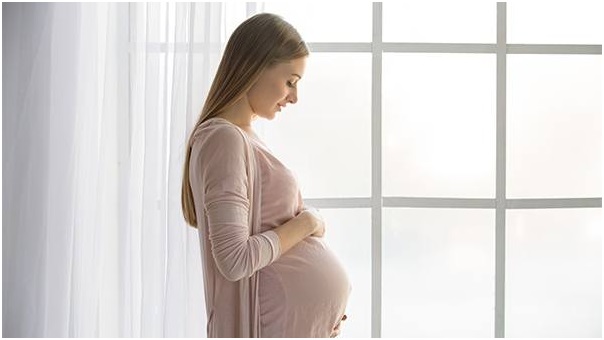

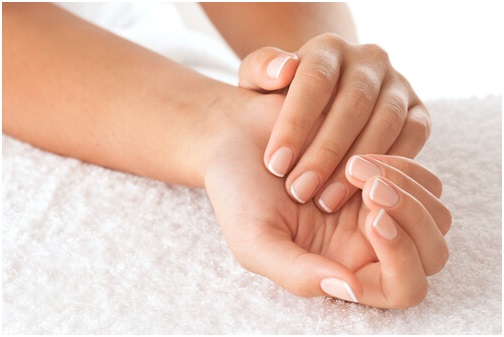
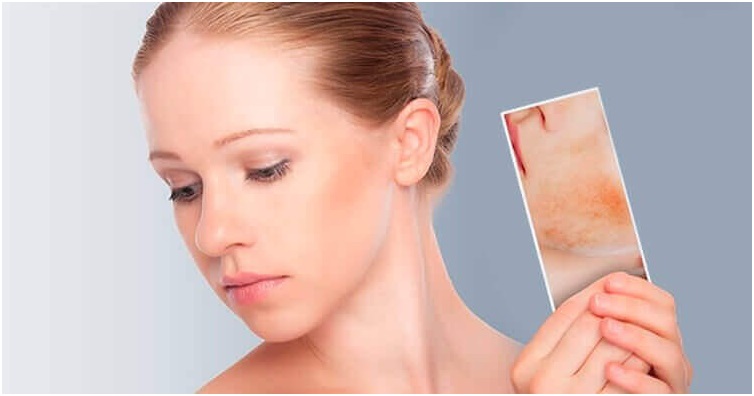
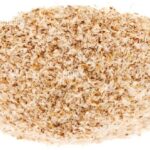

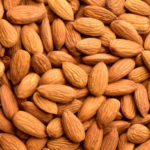









Leave a Reply